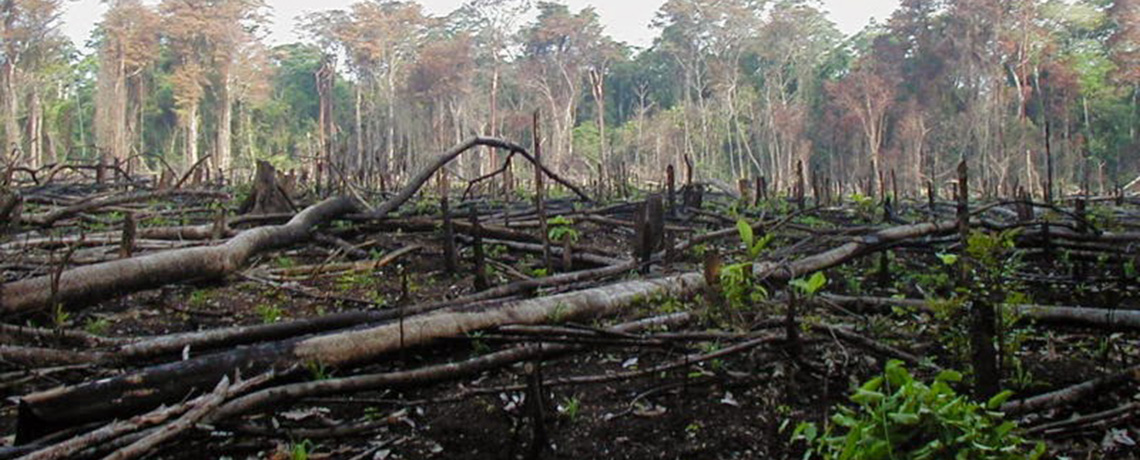
Renewable Energy Subsidy Rule Changes Rule Out Inefficient Biomass Combined Heat and Power Projects
Biofuelwatch is part of the Campaign to Stop GE Trees Planning Committee
New rule changes, published yesterday, to conditions for Contracts for Difference for combined heat and power plants that burn wood [2] stipulate that they should be at least 70% efficient (instead of the current 35%) which would rule out projects such as the world’s largest dedicated biomass power plant currently being built on Teesside by MGT Power[3]. This includes smaller plants of less than 25 MW.
Biofuelwatch led a coalition of international NGOs’ response to this consultation and mobilised 1500 supporters to write in support.
Almuth Ernsting of Biofuelwatch (co-director of Biofuelwatch) said: “This is good news. We have been campaigning for this since 2012. If it had happened earlier it would have prevented inefficient biomass projects where the energy from two out of every three trees burned is simply wasted into the atmosphere. Burning imported forests for electricity and calling it ‘clean green energy’ is a lie. The government should now act to withdraw subsidy from all existing biomass electricity generation which is at least as bad as coal.”
This outcome is welcome but the government should start an urgent process to withdraw subsidy from existing low efficiency biomass generation which will very soon be wasting more than £1bn a year of bill-payers money to make climate change worse.
There is a large amount of scientific evidence that burning biomass for electricity is at least has high-carbon as burning coal[4]. It takes only seconds to burn a tree but decades for the forest to replace that tree – all the while its carbon is in the atmosphere and the forest’s capacity to sequester it is reduced – resulting in a ‘carbon debt’ of decades. Yet bio-energy is counted as zero-carbon and generously subsidised.
So burning imported biomass in the name of solving climate change (and improving energy security) is a false solution that should not be supported by bill-payers’ money, especially when it is only converting those trees to useable energy at 38% efficiency at best, in converted coal power stations such as Drax or Lynemouth.
‘Combined Heat and Power’ (CHP) generates both electricity and heat from the process. The heat needs a customer, in the form of district heat networks which are rare in the UK and expensive to install, or industry. It can be up to 85% efficient if the heat output is prioritised. But to date UK biomass so-called ‘Good Quality CHP’ plants are subsidised only for the electricity they produce so there is no incentive to use the heat efficiently or do more than meet the 35% efficiency minimum to get their subsidy. There is currently no incentive to co-locate with an appropriate heat customer or install heat networks. The most recent plant planned for Grangemouth has no obvious customer for its heat[5].
As long as some of the heat is collected and used, in some cases for warming the wood pellets before they are burned, the operator can collect enhanced subsidy worth at least £80 per megawatt hour (MWh).
Under the new ‘Contracts for Difference’ (CfD) subsidy regime once MGT’s Teeside plant is commissioned in early 2019 it will receive a guaranteed price of £138 per megawatt hour (MWh) compared with the current average wholesale electricity price of £47. This means it will receive a subsidy of around £91 per MWh, paid for by UK energy bill-payers.
The government’s response to Part B of the consultation, which proposed reducing allowed Greenhouse Gas emissions to levels to a level that would be difficult or impossible to meet with most imported biomass, will be published later this year. These emissions, which operators are required to count, are from fossil fuels used in harvesting, processing and transporting the biomass. They still ignore the carbon released from the stack when the biomass is burned – always greater per unit of energy generated than when fossil fuels are burned – as well as the carbon from biomass used in the processing, the soil carbon emitted during and after harvesting and the carbon that is not taken up by the forest because the trees have been cut down. These combined make biomass electricity generation as bad for the climate as coal.
Contact
Almuth Ernsting, 07508 170879, biofuelwatch@gmail.com
[1] Biofuelwatch provides information, advocacy and campaigning in relation to the climate, environmental, human rights and public health impacts of large-scale industrial bioenergy biofuelwatch.org.uk
[3] https://www.mgtteesside.co.uk/
[4] https://www.biofuelwatch.org.
[5] https://www.biofuelwatch.org.
